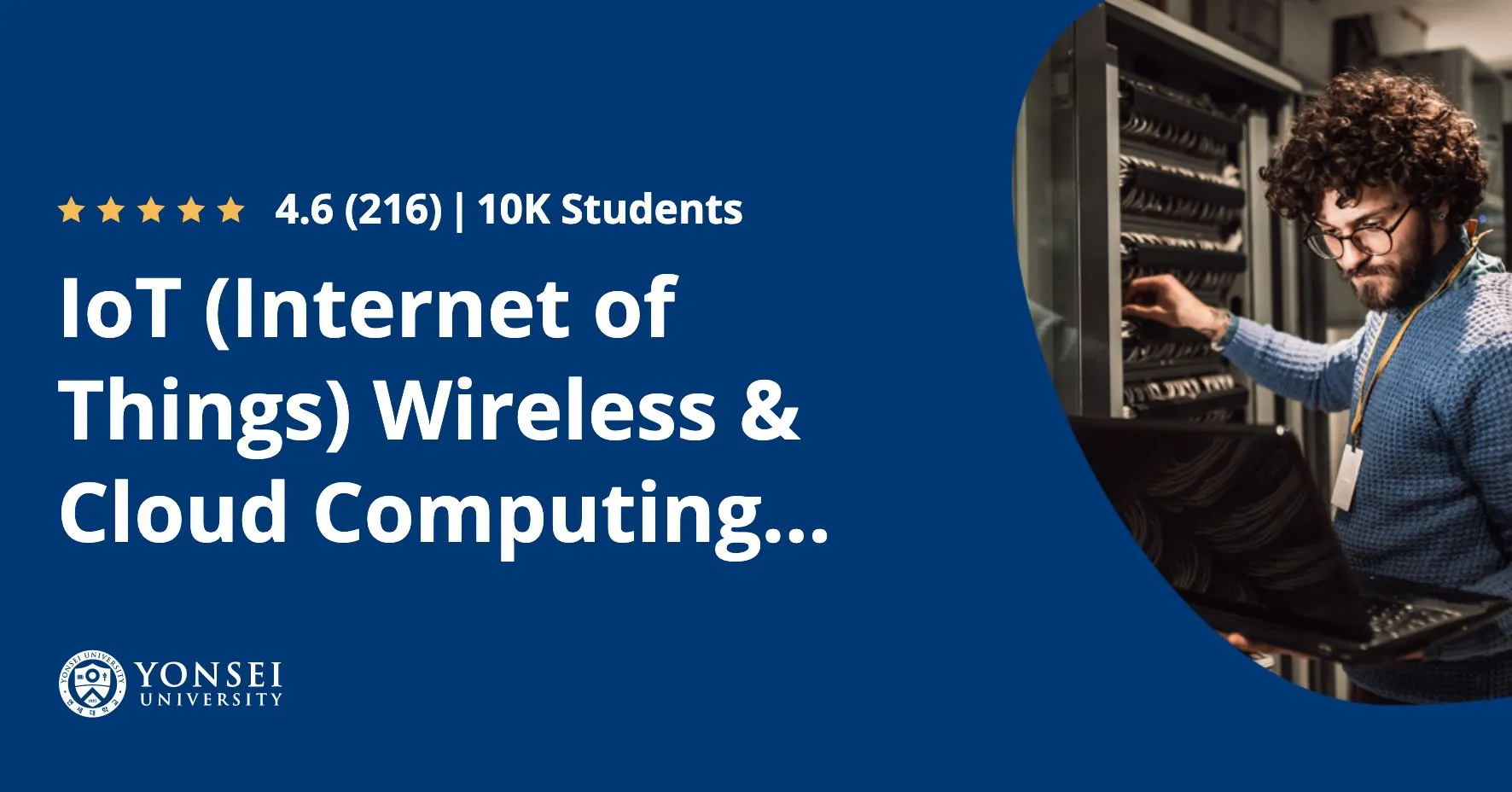
IoT (Internet of Things) Wireless & Cloud Computing Emerging Technologies 
Yonsei University is offering a course on the emerging technologies of IoT (Internet of Things) Wireless & Cloud Computing. This course will explore the current trends in IoT devices and the development of new products that incorporate IoT modules. ▼
ADVERTISEMENT
Course Feature
![]() Cost:
Cost:
Free
![]() Provider:
Provider:
Coursera
![]() Certificate:
Certificate:
Paid Certification
![]() Language:
Language:
English
![]() Start Date:
Start Date:
Self Paced
Course Overview
❗The content presented here is sourced directly from Coursera platform. For comprehensive course details, including enrollment information, simply click on the 'Go to class' link on our website.
Updated in [March 06th, 2023]
This course provides an overview of the emerging technologies of IoT (Internet of Things) Wireless & Cloud Computing. It covers the fundamentals of IoT, including the architecture, components, and communication protocols. It also covers the basics of Cloud Computing, including the architecture, components, and services. Additionally, the course will discuss the security and privacy issues related to IoT and Cloud Computing. Finally, the course will provide an overview of the current and future trends in IoT and Cloud Computing. Upon completion of this course, students will have a better understanding of the emerging technologies of IoT and Cloud Computing and how they can be used to create innovative solutions.
[Applications]
The application of this course can be seen in the development of IoT devices and Cloud-based applications. After completing this course, students will have a better understanding of the fundamentals of IoT and Cloud Computing, and will be able to develop applications that use these technologies. They will also be able to create applications that can be used to control and manage IoT devices, as well as applications that can be used to collect and analyze sensor data. Additionally, they will be able to develop applications that can be used to securely store and share data in the Cloud.
[Career Paths]
1. IoT Wireless Engineer: IoT Wireless Engineers are responsible for designing, developing, and maintaining wireless networks for IoT devices. They must have a strong understanding of wireless technologies, such as Bluetooth, Wi-Fi, and cellular networks, and be able to develop and implement solutions that meet the needs of the organization. As the demand for IoT devices continues to grow, the need for experienced IoT Wireless Engineers will also increase.
2. Cloud Computing Engineer: Cloud Computing Engineers are responsible for designing, developing, and maintaining cloud-based systems. They must have a strong understanding of cloud computing technologies, such as virtualization, distributed computing, and storage, and be able to develop and implement solutions that meet the needs of the organization. As the demand for cloud-based solutions continues to grow, the need for experienced Cloud Computing Engineers will also increase.
3. IoT Security Engineer: IoT Security Engineers are responsible for designing, developing, and maintaining secure networks for IoT devices. They must have a strong understanding of security protocols, such as encryption, authentication, and authorization, and be able to develop and implement solutions that meet the needs of the organization. As the demand for secure IoT devices continues to grow, the need for experienced IoT Security Engineers will also increase.
4. IoT Data Scientist: IoT Data Scientists are responsible for analyzing and interpreting data collected from IoT devices. They must have a strong understanding of data analysis techniques, such as machine learning, predictive analytics, and natural language processing, and be able to develop and implement solutions that meet the needs of the organization. As the demand for data-driven insights from IoT devices continues to grow, the need for experienced IoT Data Scientists will also increase.
[Education Paths]
1. Bachelor of Science in Computer Science: This degree program focuses on the fundamentals of computer science, including programming, software engineering, and computer architecture. It also covers topics such as artificial intelligence, machine learning, and cloud computing. As the demand for IoT and cloud computing technologies increases, this degree program will become increasingly important.
2. Bachelor of Science in Electrical Engineering: This degree program focuses on the fundamentals of electrical engineering, including circuit design, signal processing, and embedded systems. It also covers topics such as wireless communication, robotics, and IoT. As the demand for IoT and cloud computing technologies increases, this degree program will become increasingly important.
3. Master of Science in Computer Science: This degree program focuses on advanced topics in computer science, such as distributed systems, data mining, and machine learning. It also covers topics such as cloud computing, IoT, and artificial intelligence. As the demand for IoT and cloud computing technologies increases, this degree program will become increasingly important.
4. Master of Science in Electrical Engineering: This degree program focuses on advanced topics in electrical engineering, such as embedded systems, wireless communication, and robotics. It also covers topics such as IoT, cloud computing, and artificial intelligence. As the demand for IoT and cloud computing technologies increases, this degree program will become increasingly important.
Pros & Cons

Triggers extra study.

Drills down standards and concepts.

Clear and concise language.

Good for beginners.

High overview of technologies.

Reads off slides too much.

Minor discrepancies in ad lib comments.

Typos in quizzes.

Not enough in depth knowledge.

Focuses too much on non technical background.
Course Provider

Provider Coursera's Stats at AZClass
Discussion and Reviews
0.0 (Based on 0 reviews)
Explore Similar Online Courses
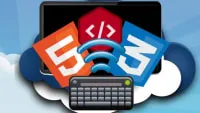
Get started Creating Websites Everything you need provided
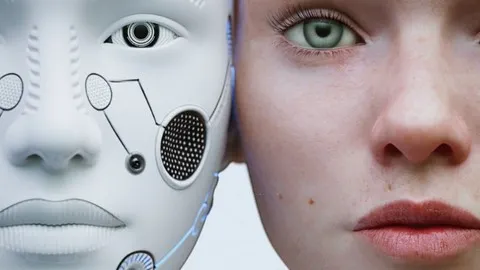
RoboAuthor: Content Writing Automation 2020 - Part 1

Python for Informatics: Exploring Information

Social Network Analysis

Introduction to Systematic Review and Meta-Analysis

The Analytics Edge

DCO042 - Python For Informatics

Causal Diagrams: Draw Your Assumptions Before Your Conclusions

Whole genome sequencing of bacterial genomes - tools and applications
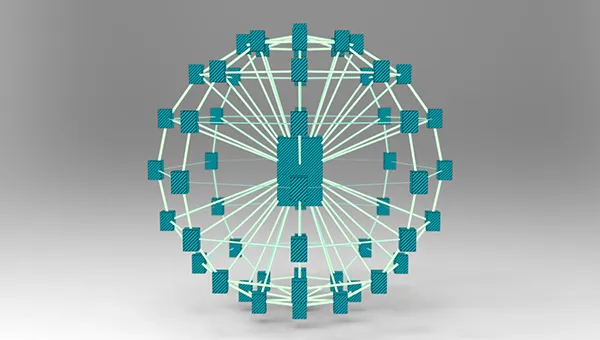
Cloud Computing Concepts Part 1
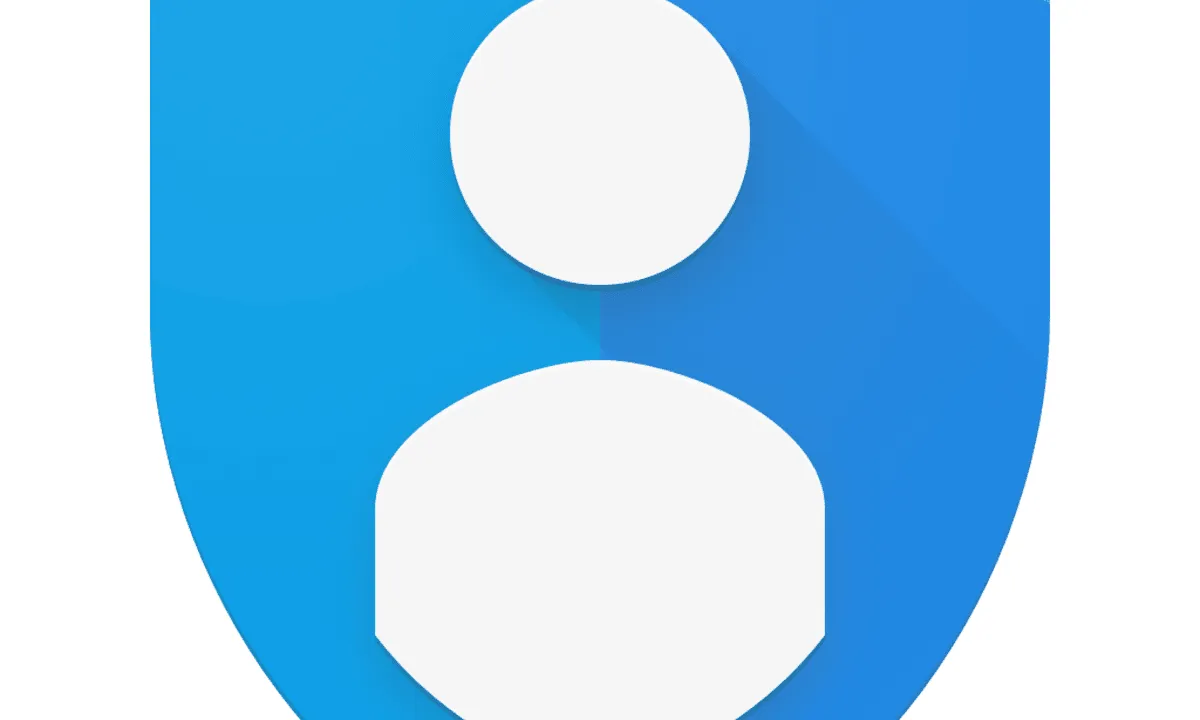
Introduction to Cloud Identity
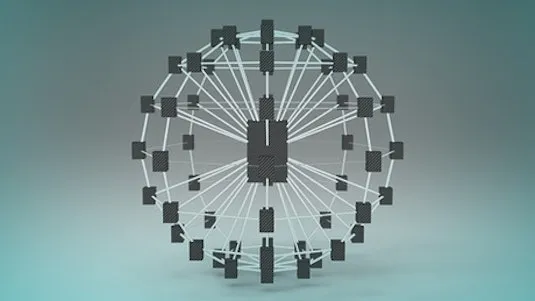
Cloud Computing Concepts: Part 2
 Related Categories
Related Categories
 Popular Providers
Popular Providers
Quiz
 Submitted Sucessfully
Submitted Sucessfully
1. What does IoT stand for?
2. What is the main purpose of IoT devices?
3. What is the trend of IoT devices?
4. In the near future, almost all devices and appliances will include ________ modules which will use sensor data collection and control/management based on Clouds.
Correct Answer: IoT


Start your review of IoT (Internet of Things) Wireless & Cloud Computing Emerging Technologies